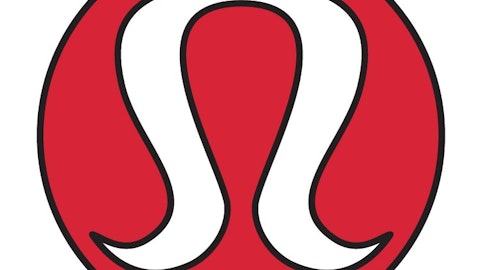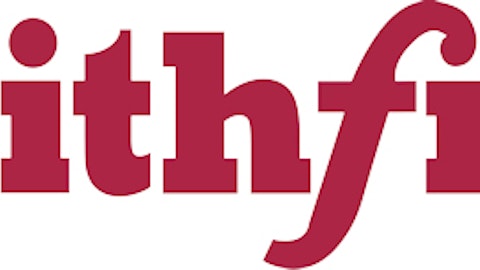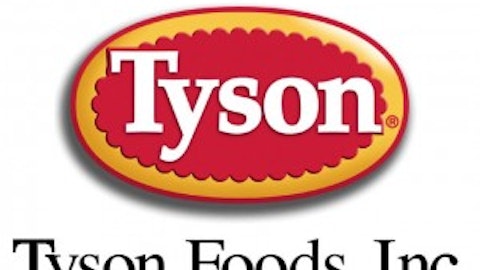As American consumers fret over the implications of the deal, retail investors and seasoned traders alike are lining up to play the planned merger between China’s state-run Shanghui International Holdings and pork producer Smithfield Foods, Inc. (NYSE:SFD). Although the terms of the deal appear to be quite favorable to Smithfield Foods, Inc. (NYSE:SFD), it presents a number of regulatory and financial questions that may not have easy answers. Due to the politically sensitive nature of the trans-Pacific merger, it is also subject to unusual regulatory hurdles, as well as swings in public sentiment that cannot be measured easily. As such, investors would be foolish to assume that this is a done deal.
However, there is a real possibility that this deal will go through. Such an outcome could be quite profitable for investors who position themselves correctly. In preparation, interested parties should take the time to compare Smithfield Foods, Inc. (NYSE:SFD) against its closest competitors.
Although Smithfield Foods, Inc. (NYSE:SFD) is the largest American pork producer by volume, it competes againstseveral other big-name companiesthat sell fresh and processed meat products in North America. These include Austin, Minnesota-based Hormel Foods Corporation (NYSE:HRL) and Springdale, Arkansas-based Tyson Foods, Inc. (NYSE:TSN) .
Thanks to their diversified asset portfolios and operational structures, both of these competing firms are larger than Smithfield Foods, Inc. (NYSE:SFD). At last check, Hormel Foods Corporation (NYSE:HRL)’s market capitalization came in at $10.4 billion, and Tyson Foods, Inc. (NYSE:TSN) sported a valuation of nearly $9 billion. By comparison, Smithfield Foods, Inc. (NYSE:SFD)’s post-announcement market capitalization is about $4.6 billion. Revenue-wise, Smithfield splits the difference between Hormel Foods Corporation (NYSE:HRL) and Tyson Foods, Inc. (NYSE:TSN). Its gross 2012 revenue figure of $13.1 billion exceeds that of Hormel Foods Corporation (NYSE:HRL) by about $5 billion and falls short of that of Tyson Foods, Inc. (NYSE:TSN) by around $20 billion. During the same period, Smithfield reported a final income of $233.6 million. By contrast, Hormel Foods Corporation (NYSE:HRL) earned around $500 million. Tyson Foods, Inc. (NYSE:TSN) eked out a relatively narrow profit of about $530 million.
Smithfield’s leverage is significant and could serve as a complicating factor for the proposed merger. In 2012, the company reported cash reserves of about $140 million and a debt load of about $2.4 billion. Tyson Foods, Inc. (NYSE:TSN) also has some debt troubles: during the same reporting period, the company disclosed a cash hoard of $809 million and about $2.4 billion in debt. Hormel Foods Corporation (NYSE:HRL) had a more even balance of $263 million in cash and $250 million in debt.
How the Deal Is Structured
Under the terms of the proposed merger, Shanghui will issue cashpayments of $34 per share to Smithfield shareholders of record as of a yet-to-be-determined date. Relative to Smithfield’s pre-announcement closing price, this represents a 25 percent premium. Although the company’s share price has fluctuated somewhat since the deal’s announcement, it remains about $1 per share lower than Shanghui’s offer price. As such, investors can still take advantage of a 3 percent arbitrage premium. Of course, this premium is dependent on the deal’s closing. In the event that the merger falls through, Smithfield’s value would likely fall to its pre-announcement levels.
Complicating Factors and Regulatory Issues
This relatively straightforward deal is made more complicated by the regulatory and political issues that surround it. By American standards, the food-safety record of China’s pork-processing industry is abysmal. Although Shanghui and Smithfield have both insisted that the combined company will adhere to the North American regulatory framework under which it must operate, rank-and-file customers are understandably nervous about the transition. Whether or not this is an overreaction, it could have a very real impact on the company’s bottom line. If American consumers temporarily or permanently shift their eating habits away from pork products, investors will be quick to pass judgment and could punish the combined firm’s shares accordingly.





